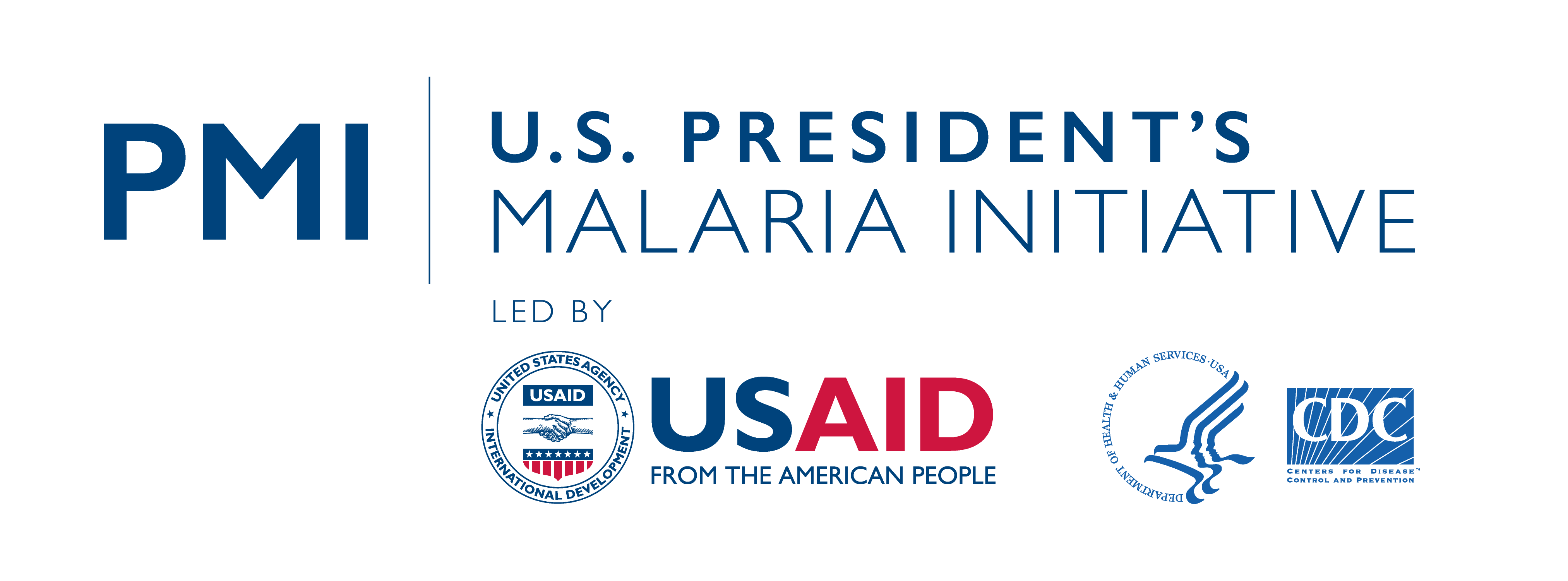Situation Analysis

Each community has its own specific malaria needs, which are impacted by the environment and culture. Think about the opportunities and challenges present in your community. Your first step should be talking to your local malaria authority to get a sense of the malaria situation in your community. How can you use local strengths to address the problem of malaria? Completing a Situation Analysis must be done to understand the malaria problem in your area fully.
The factors that determine people’s behaviors vary between regions and across countries. Understanding the context of your specific community before starting your malaria activities is important. Prioritize behaviors that are most likely to have the greatest impact.
There are many places to find national-level data on the malaria situation in your country. The most credible data, apart from National Malaria Control Program sources, can be found in the Additional Context Resources section.
Some questions you may consider (adapted from Zero Malaria Starts with Me Toolkit , p. 14–15) asking to include the following:
Malaria Burden:
- How many malaria cases and deaths are there each year in your community?
- What time(s) of the year are malaria cases most common? Is malaria only spread seasonally or year-round?
- Are there certain areas or groups in your community that have more malaria cases and deaths?
- What are the populations that are more affected by malaria?
- What are the current and past malaria prevention measures in your community? Prevention measures may include:
- Insecticide-treated nets (ITNs).
- Malaria testing and treatment.
- Indoor residual spraying (IRS) (if applicable).
- Pulvérisation intra domiciliaire (PID) (le cas échéant).
- Intermittent preventive treatment in pregnancy (IPTp) (if applicable).
- Traitement Préventif Intermittent pendant la grossesse (TPIg). (le cas échéant).
- Seasonal malaria chemoprevention (SMC) (if applicable).
- Chimo-prévention saisonnière du paludisme (CPSP) (if applicable).
- How easy is it for people to get tested and treated for malaria?
- What are your country’s malaria targets and goals?
- Who the key stakeholders and decision-makers?
- Who manages malaria prevention and treatment programs in the country?
- Who manages malaria prevention and treatment programs in the community?
- Where do the funds used to fight malaria in your community come from?
- Do most people with access to malaria prevention tools (e.g., insecticide-treated nets, prevention medication) actually use them?
- What prevents people with access to preventive tools from using them?
- Are people who have a fever tested for malaria?
- What barriers prevent people from seeking care?
- How easy (or hard) is it to get bed nets for your family in your community?
- How easy (or hard) is it for pregnant women to attend antenatal care visits?
- How far do you have to go to access malaria treatment?
- Do the health workers in your community and at the local health facility know how to rapidly diagnose and treat malaria? Do they use Rapid Diagnostic Tests?
Community Members and their Behaviors:
- Who makes up the communities that your organization engages with? What are the demographic attributes of those communities?
- Who in your communities are most affected by malaria? How are they affected?
- What is the role of men and women in your community in malaria control and prevention? What beliefs do they have that facilitate malaria control and prevention? What beliefs do they have that act as barriers to malaria control and prevention activities?
- Who makes decisions about whether to adopt malaria control and prevention behaviors?
- Who can your organization effectively reach through malaria social and behavior change activities?
- Why should your audience adopt this behavior?
- Why wouldn’t your audience do this behavior? What makes this behavior hard or challenging for your audience to start doing or maintain?
- What would make your audience want to start doing or maintain this behavior?
- Types of facilitators and barriers may include:
- Distance to a health facility.
- Availability of medications/nets.
- Policies.
- Costs.
- Support of family/friends.
- Community values and traditions.
- Knowledge.
- Attitudes.
- Beliefs.


